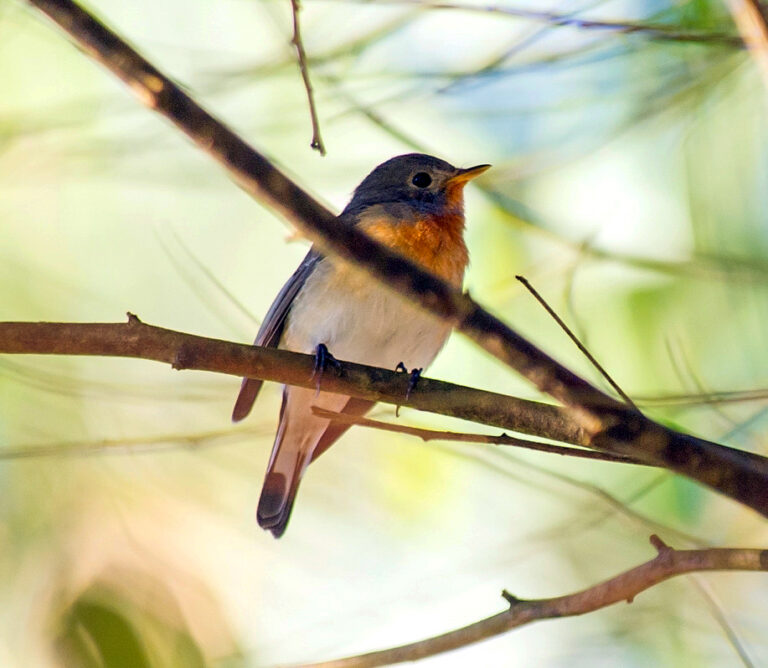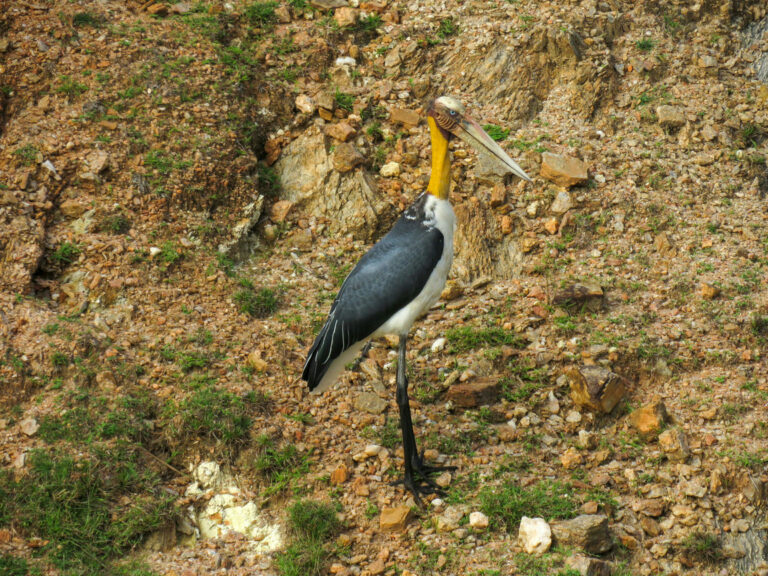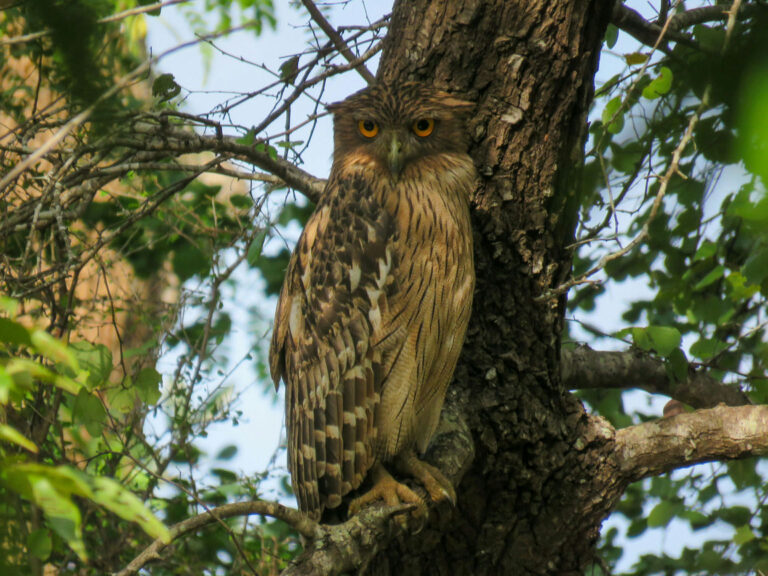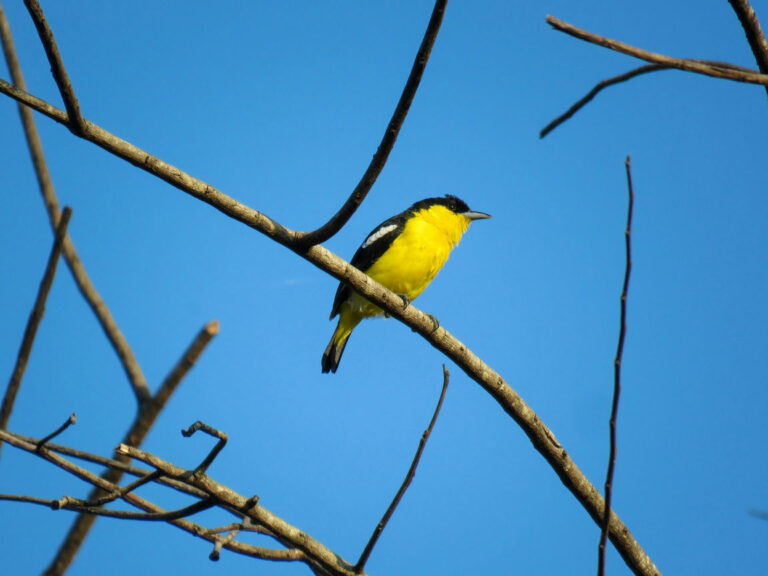Lunugamvehera National Park
- Wildlife Destinations
- January 16, 2024
Established in 1995 to safeguard the catchment area of the Lunugamvehera reservoir and the surrounding wildlife, this national park serves as a crucial habitat for waterbirds and elephants. It also functions as a vital corridor for elephant migration between Yala and Udawalawe National Parks, two other prime elephant habitats in the country. The park’s rich faunal diversity includes 21 fish species, 12 amphibians, 33 reptiles, 183 bird species, and 43 mammals.
Possible Highlights
Spot-billed Pelican, Great Thick-knee, Yellow-wattled Lapwing, Barred Buttonquail, Asian Wooly-necked Stork, Lesser Adjutant, Painted Stork, Black-headed Ibis, Eurasian Spoonbill, Sri Lanka Junglefowl, Orange-breasted Green-Pigeon, Sri Lanka Green-Pigeon, Crested Serpent-Eagle, Changeable Hawk-Eagle, White-bellied Sea-Eagle, Grey-headed Fish-Eagle, Black-winged Kite, Brown Fish-Owl, Jungle Owlet, Jerdon’s Nightjar, Indian Nightjar, Crested Treeswift, Sri Lanka Swallow, Sirkeer Malkoha, Blue-faced Malkoha, Pied Cuckoo, Grey-bellied Cuckoo, Common Kingfisher, Asian Green Bee-eater, Blue-tailed Bee-eater, Chestnut-headed Bee-eater, Indian Roller, Eurasian Hoopoe, Malabar Pied-Hornbill, Coppersmith Barbet, Brown-headed Barbet, Yellow-crowned Woodpecker, Red-backed Flameback, Indian Pitta, Indian Robin, Sri Lanka Woodshrike, Small Minivet, White-tailed Iora, Baya Weaver, Indian Siverbill, Jerdon’s Bushlark, Paddyfield Pipit, Jungle Prinia, Ashy Prinia, Plum-headed Parakeet, Forest Wagtail Asian Elephant, Sri Lankan Leopard, Sloth Bear, Spotted Deer, Grey Langer, Grizzled Indian Squirrel, Palm Squirrel
Related Posts

Lunugamvehera National Park
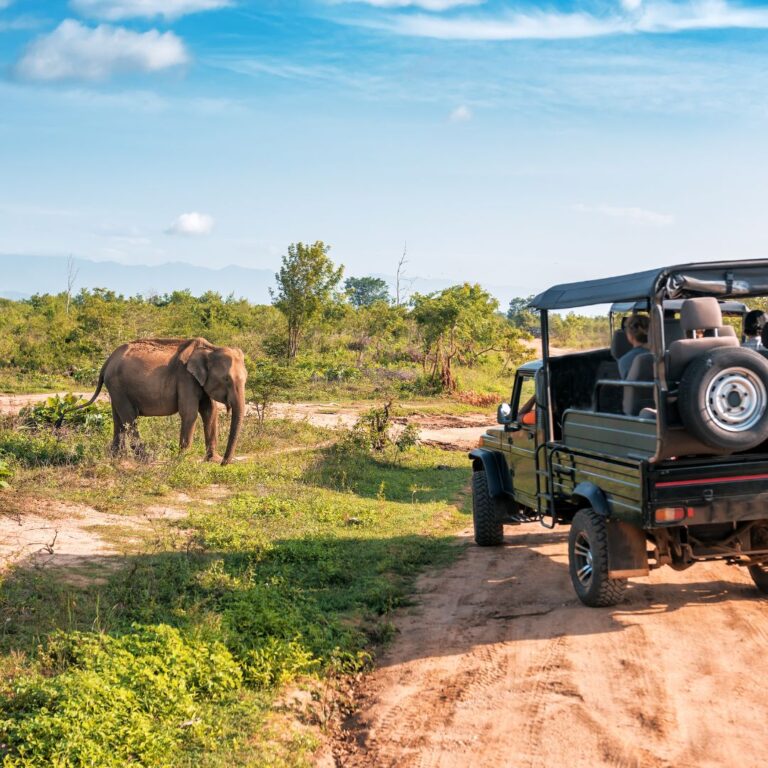
Minneriya and Kaudulla National Parks
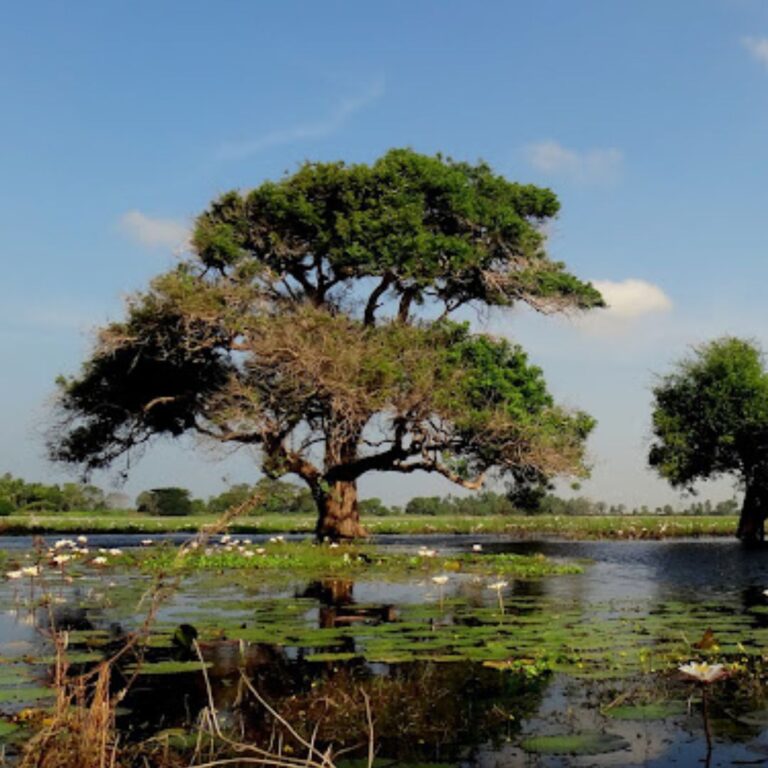
Anawilundawa Sanctuary
